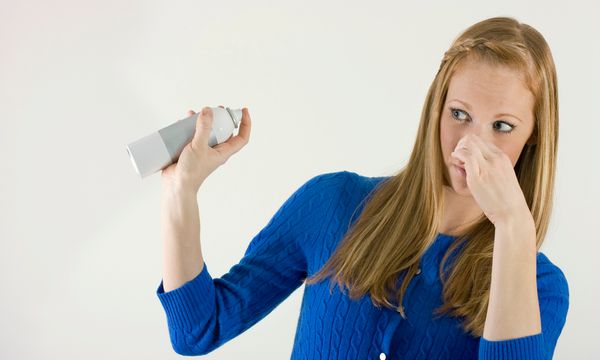Key Takeaways
- For fiberglass tubs or ceramic tiles, apply a paste of baking soda and dishwashing liquid with a sponge or nylon scrubber and then rinse it off.
- To remove soap scum, spray vinegar on the affected areas, let it dry, then spray again and wipe the area clean.
- For porcelain stains, apply lemon juice and alum powder. Let it sit (overnight for stubborn stains), then scrub and rinse it away. Remove nonskid appliques with warmed vinegar and a sponge.
The bathroom is a place where your primary cleaning MO might be about controlling germs, and rightly so. But again, diligence and a reasonable amount of care will keep your bathroom sanitary and sparkly without having to bring in the heavy guns -- disinfectants.
The process of disinfecting something is to destroy microorganisms living on it. The problem is, the products that disinfect are often hazardous. We know you want to be sure your bathrooms are free of microbes; after all, some of them can cause illnesses. But don't panic. The fact is, germs and microbes are everywhere, and they'll be there whether you clean them out or not. You may toil and scrub, but they always come back. It's just a part of life.
Advertisement
Enough talk, let's move into action! Now, to counteract these daily foes, we must focus on keeping our living spaces and ourselves at least moderately clean. For everyday cleaning in the bathroom, use baking soda liberally. Just sprinkle it on a damp sponge and wipe off dirty surfaces.


